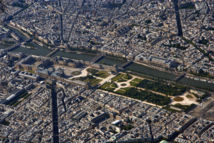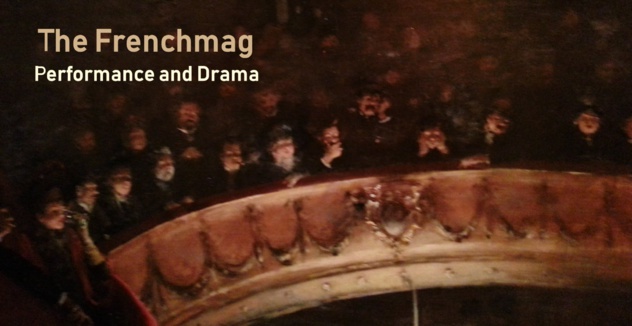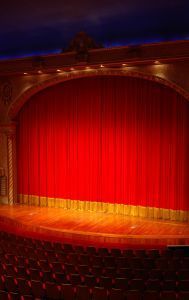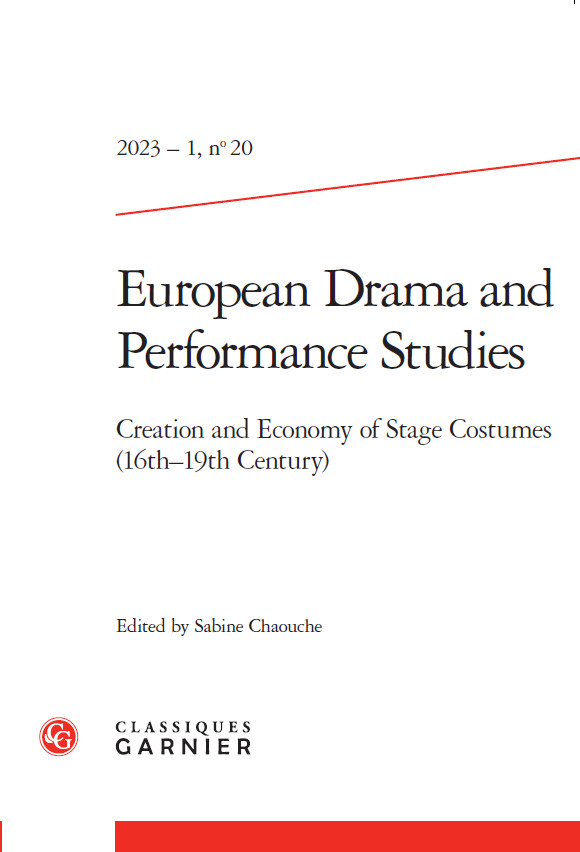
(c) Matthias Kabel
Now one of the world’s best-known museums, the Louvre was once a vast artistic and cultural centre of a different kind. 'The Louvre before the Louvre' will delve into the fascinating but little known period of the Louvre’s history from 1643 to 1793, exploring the role this space played in the histories of art production and artistic sociability in early modern Paris.
Even before Louis XIV moved the Court from the Louvre to Versailles in 1682, the Louvre had already become the centre of artistic, creative, and intellectual energy in Paris. Artists and artisans of all trades – from watch-makers to history painters – were given lodgings and studio space in the same wings and corridors that accommodated cultural organs like the Menus Plaisirs du Roi (responsible for state festivities and spectacles), the royal printing press, and the royal academies (Painting and Sculpture, Architecture, Inscriptions, Science, and the Académie Française). As the palace expanded over the next two centuries, the Louvre complex (the building and surrounding streets) came to be dominated by this growing community of artists, artisans, men of letters, and their aristocratic patrons, inhabiting this space and living out their daily lives together.
'The Louvre before the Louvre' will reconstruct and re-evaluate this space of artistic sociability. As dust billowed and paint dripped in artists’ studios, theoretical debates were thrashed out in the academies, and groundbreaking technologies were designed in artisans’ workshops, the Louvre became a fertile ground for collaboration, the results of which are evident in many objects (e.g. by Boulle, Oppenordt, Oeben, Boucher, Oudry, Girardon, Coysevox, to name a few) now in the Wallace Collection where this conference will take place.
Seeking a more intimate understanding of the artistic and intellectual ‘neighbourhood’ of the Louvre and its effect on art and design in the period, we invite papers that explore the Louvre’s rich history, art, material objects, spaces, and social interactions during the 17th and 18th centuries. Suggested topics may include but are not limited to:
• Artistic and intellectual circles (the lives of the Royal Academies & their academicians)
• Living in the Louvre (artists’ logements/studios; social order & daily life; professional/social interactions; individual and collaborative practice)
• Form and function of Louvre spaces (key sites: Galerie d’Apollon, Salon Carré, Grande Galerie, theatres, chapels, etc)
• Patronage Networks (patrons and collectors in the Louvre)
• Decoration & Display (furnishing and decoration by Louvre inhabitants; displays of collections; exhibitions)
• Louvre Experiences (written and visual descriptions of life in the Louvre)
• Finding boundaries – where did the artistic communities of the Louvre begin and end? How did one ‘belong’ to the Louvre community? What did it mean to do so?
Please send proposals of no more than 300 words to amelia.f.jackson@gmail.com and hannah.williams@hoa.ox.ac.uk by 15 Jan 2012.
For further information: http://www.wallacecollection.org/education/research/forthcomingconferences
Even before Louis XIV moved the Court from the Louvre to Versailles in 1682, the Louvre had already become the centre of artistic, creative, and intellectual energy in Paris. Artists and artisans of all trades – from watch-makers to history painters – were given lodgings and studio space in the same wings and corridors that accommodated cultural organs like the Menus Plaisirs du Roi (responsible for state festivities and spectacles), the royal printing press, and the royal academies (Painting and Sculpture, Architecture, Inscriptions, Science, and the Académie Française). As the palace expanded over the next two centuries, the Louvre complex (the building and surrounding streets) came to be dominated by this growing community of artists, artisans, men of letters, and their aristocratic patrons, inhabiting this space and living out their daily lives together.
'The Louvre before the Louvre' will reconstruct and re-evaluate this space of artistic sociability. As dust billowed and paint dripped in artists’ studios, theoretical debates were thrashed out in the academies, and groundbreaking technologies were designed in artisans’ workshops, the Louvre became a fertile ground for collaboration, the results of which are evident in many objects (e.g. by Boulle, Oppenordt, Oeben, Boucher, Oudry, Girardon, Coysevox, to name a few) now in the Wallace Collection where this conference will take place.
Seeking a more intimate understanding of the artistic and intellectual ‘neighbourhood’ of the Louvre and its effect on art and design in the period, we invite papers that explore the Louvre’s rich history, art, material objects, spaces, and social interactions during the 17th and 18th centuries. Suggested topics may include but are not limited to:
• Artistic and intellectual circles (the lives of the Royal Academies & their academicians)
• Living in the Louvre (artists’ logements/studios; social order & daily life; professional/social interactions; individual and collaborative practice)
• Form and function of Louvre spaces (key sites: Galerie d’Apollon, Salon Carré, Grande Galerie, theatres, chapels, etc)
• Patronage Networks (patrons and collectors in the Louvre)
• Decoration & Display (furnishing and decoration by Louvre inhabitants; displays of collections; exhibitions)
• Louvre Experiences (written and visual descriptions of life in the Louvre)
• Finding boundaries – where did the artistic communities of the Louvre begin and end? How did one ‘belong’ to the Louvre community? What did it mean to do so?
Please send proposals of no more than 300 words to amelia.f.jackson@gmail.com and hannah.williams@hoa.ox.ac.uk by 15 Jan 2012.
For further information: http://www.wallacecollection.org/education/research/forthcomingconferences




